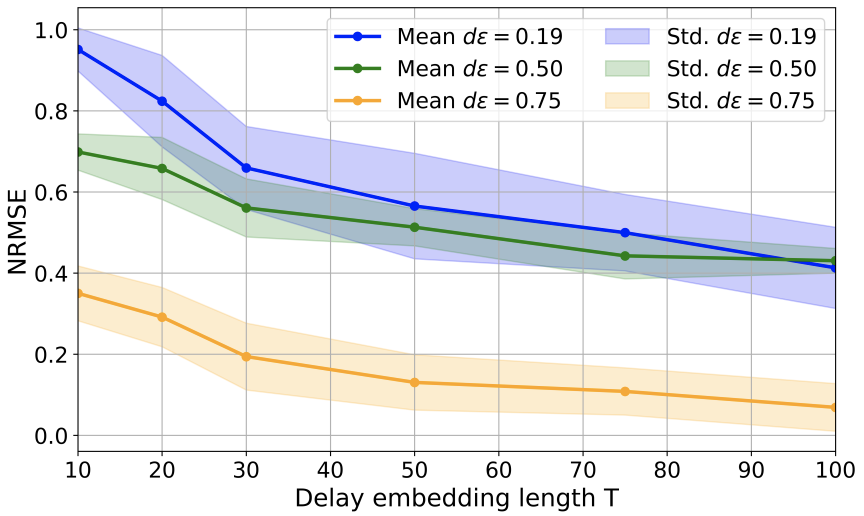Published: May 15, 2024 by Daning Huang
“Heterogeneous networked dynamical systems with time-varying topologies” are universally seen in science and engineering - classical examples include power grids, molecule dynamics, and computational mechanics. For the data-driven modeling of such systems, the brutal force approach is to use a time series model with a sufficiently deep graph neural network (GNN) with sufficiently long time-delay embedding (TDE) of past information.
To elucidate when and how such approach works, in our recent ArXiv manuscript, we systematically developed coarse-grained reduced-order models for networked dynamical systems. Using the Mori-Zwanzig formalism, we quantify the impact of coarse-graining on the strength and distribution of interactions, and the required TDE length; subsequently we use this knowledge to rigorously design GNN architectures accordingly. The approach is demonstrated on an academic Kuramoto example and a realistic power grid problem.
The work is done jointly with Dr. John Harlim from Math & Meteorology and Dr. Yan Li from EECS at Penn State.
06/18 Update: The manuscript has been published in Physica D: Nonlinear Phenomena.
